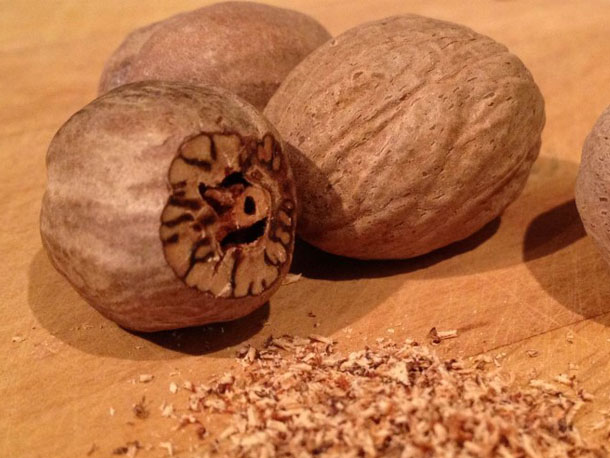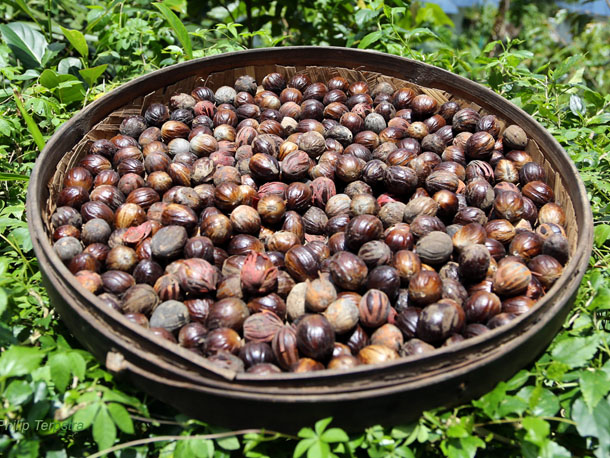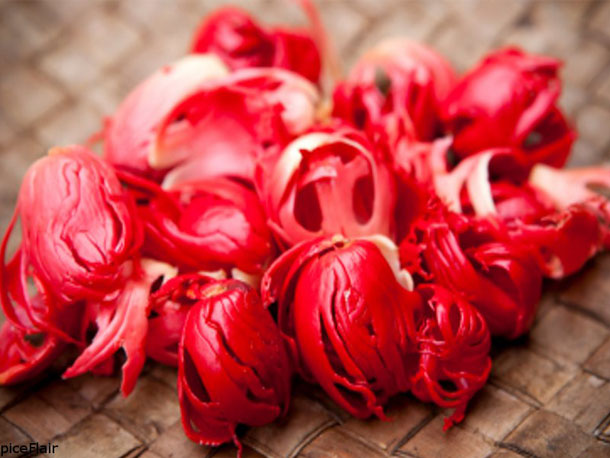India urges uniform spice standards

INDIA plans to more than double exports of spices in five years by persuading importers to ease trade barriers and integrating the value chain from sowing to shipping.
A Jayathilak, chairman of the Spices Board, told The Economic Times of India: “If regulatory challenges are taken care of, exports can easily increase three times in five years.”
India’s spice trade bodies, led by the Spices Board, are visiting regulators globally to lobby for realistic import regulations. “Lack of uniform standards hinders fair trade in spices and the varying quality tests create difficulties for the exporters,” Mr Jayathilak said. “This also affects farmers, traders and exporters.”
India has just crossed $2bn in annual exports of spices. The country exports 54 varieties of spices.
Importing nations’ different standards for essential parameters such as volatile oil, extraneous matter, total ash, etc along with permissible levels of pesticides and contaminants is a major hurdle, Mr Jayathilak said. For example, Middle East countries permit 30 microgram or ug (one-billionth of a kg) of aflatoxin in one kg of spice while this limit is 20 in the US, 15 in Canada and 10 in the EU.
“We have no issues in conforming to these regulations, provided the buyers are ready to absorb the increase in associated costs, which, they are not,” Mr Jayathilak said. Exporters say many importing countries have different standards for spice coming from two countries. For instance, Europe tests nutmeg imported from India for aflatoxin, while Indonesian nutmegs are allowed without any checks.
Traders also complain that in many importing countries, the safety regulations set for spices are similar to those of other food items despite the fact that the daily consumption of spice is miniscule by comparison, being estimated at just two to three grammes a day. Geemon Korah, chairman of the All India Spices Exporters Forum said: “Considering this, we are suggesting the regulation levels for spices be lowered.”





